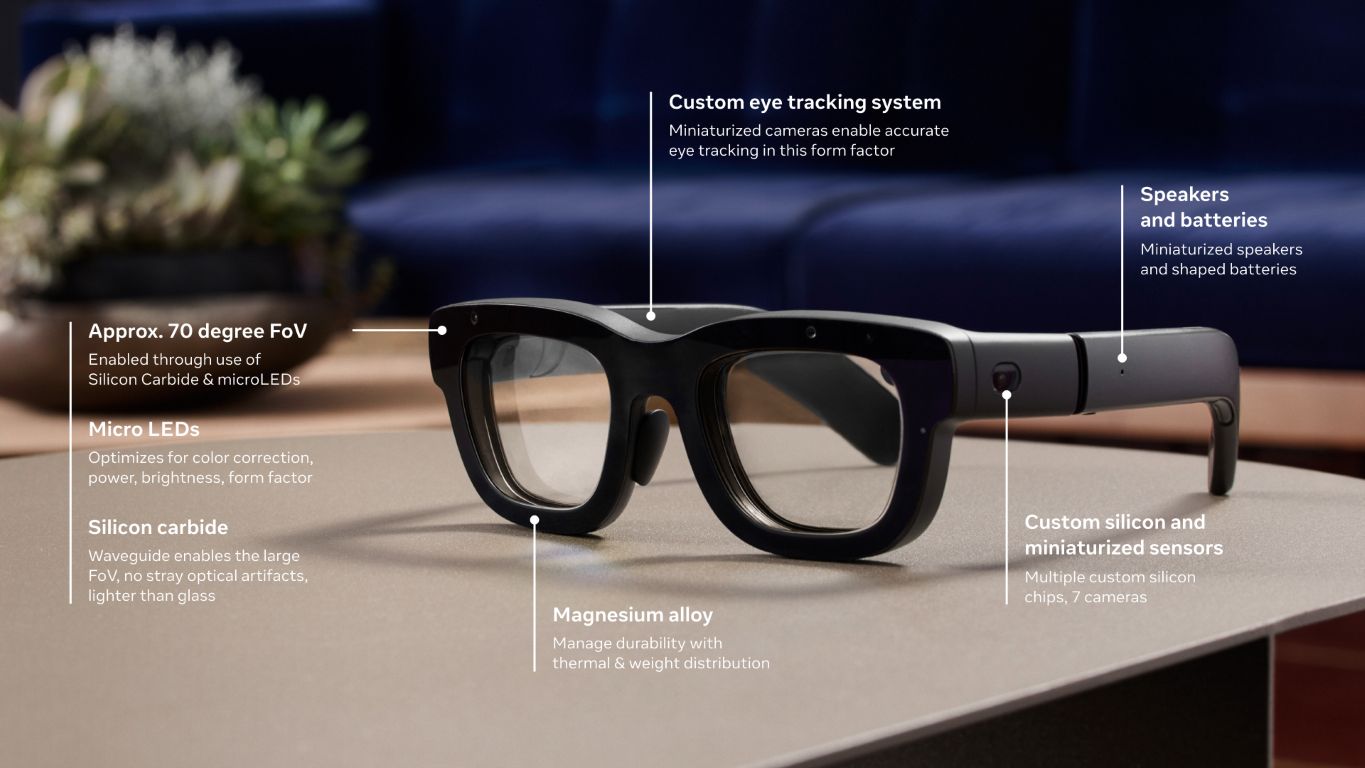Meta CEO Mark ·Zuckerberg unveiled one of the company's most important projects in September: an AR prototype called Orion. A week ago, Snap CEO Evan · Spiegel unveiled the fifth generation of AR-enabled Spectacles glasses at the annual Snap Partner Summit. Both companies see the huge potential of this technology and are confident in the grand vision of AR glasses replacing smartphones as the next generation of computing devices. Chris ·Cox, Meta's chief product officer, said in an interview: "This is a major leap forward in technology. This is an important step towards defining our goals for the next generation of computing.”
Tech giants have been pursuing the dream of AR and mixed reality for years. Earlier this year, Apple began selling its Vision Pro virtual reality headset for $3,500. More than a decade ago, Google pioneered Google Glass in 2013, an early attempt at AR devices, but the product was eventually cancelled. Microsoft has also invested more than a decade in AR technology, launching its HoloLens enterprise-grade headset in 2016. Failing to attract enough market, HoloLens was discontinued in October.
Meta and Snap have invested billions of dollars in AR glasses, showing the importance they place in this area. So, what are the strategic considerations behind this?

Pictured: Tech giants race for the future of AR
1. The huge potential of AR
AR technology has the power to provide users with an immersive experience that transforms the way they interact with their environment. From entertainment to education, from healthcare to retail, AR can be used in a wide range of applications. For example, users can get information in real time through AR glasses, augmented reality elements can enhance learning, or provide more product information when shopping. This technology not only improves the user experience, but also creates new market opportunities.
2. Fierce market competition
Competition in the AR space is becoming more and more fierce, and tech giants such as Apple and Google are actively deploying. Meta and Snap's investments are not only about improving their own technological capabilities, but also about gaining an edge in this fast-growing market. With the advanced AR glasses, the two companies hope to establish an innovative image of the brand in the minds of users and further expand their market share.
3. Enhance user stickiness
AR glasses will greatly enhance the user's interactive experience on social media platforms. Imagine a user sharing a real-time virtual environment with friends through AR glasses, or even performing activities in a virtual space. Such innovations not only attract new users, but also increase the loyalty of existing users, allowing them to spend more time on the platform and increase engagement.
4. Innovative business model
AR technology is also bringing new advertising and business models to businesses. Businesses can leverage AR glasses to create interactive advertising experiences that enable users to experience products directly in a virtual environment. This method not only makes the ad more interesting, but also effectively increases the conversion rate of users and becomes a new source of income.
5. Lay out future technologies
AR is seen as an important part of the computing platform of the future, and Meta and Snap's investments reflect their forward-thinking thinking about the future of technology. As the concept of the metaverse matures, AR glasses will serve as a bridge between the virtual and the real. By laying out this space, Meta and Snap hope to have a place in the future wave of technology.
Behind Meta and Snap's billions of dollars to build AR glasses is the recognition of the huge potential of augmented reality technology, the consideration of market competition, the enhancement of user stickiness, the innovation of business models, and the strategic layout of future technologies. As AR technology continues to advance and become more popular, this area deserves our continued attention. In the future, AR glasses may change the way we interact with the world, shaping a new digital life experience.






